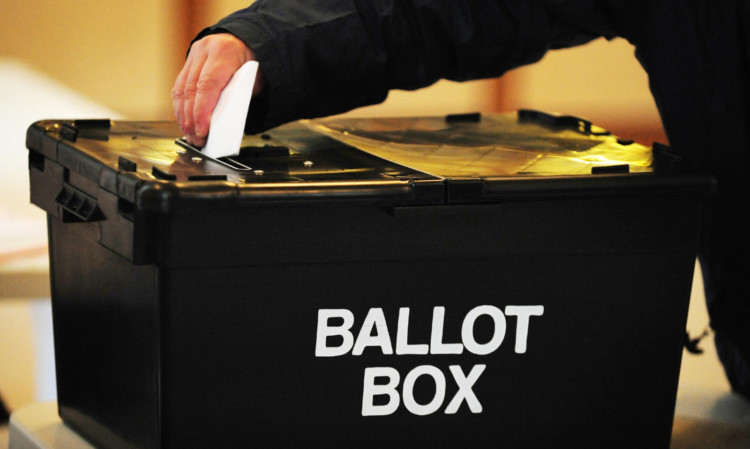
NEW analysis of polling figures shows that voters back a second EU referendum in every area of the country – including the constituencies of Theresa May, Jeremy Corbyn and Boris Johnson – campaigners have claimed.
The research, released to the Press Association by the Best for Britain campaign 100 days before the scheduled date of Brexit, suggested that the UK would vote Remain in a second referendum by 56%-44%.
The 12-point lead for Remain is a higher margin than seen in any mainstream conventional poll since the 2016 EU referendum, won by Leave by 52%-48%.
The analysis also suggested that voters in Mrs May’s Maidenhead constituency would prefer to stay in the EU than leave under her Brexit deal by a margin of 55%-45%.
Best for Britain’s research is based on modelling by data consultancy Focaldata using a method called Multilevel Regression and Post-stratification (MRP) on raw data from polling of more than 8,000 people between October 24 and November 6.
According to the campaign group, the analysis found majority support for what they term a People’s Vote among supporters of every major party, residents of every region of the country and both men and women.
Respondents were asked whether they “support the British public having the final say on the Brexit deal”.
The reported results omit those who said “don’t know” or refused to answer, so that totals add up to 100%.
Support for giving the public the final say was higher among women (69%) than men (63%) and stronger among younger voters (75% for those aged 18-44) than older (69% for 45-54 year-olds, 61% for 55-64 year-olds and 51% for those aged 65 and older).
In Mr Johnson’s Uxbridge constituency, the analysis found 67% backing a public vote, against 33% opposing it.
In Mrs May’s Maidenhead seat the split was 63%-37% in favour and in Mr Corbyn’s Islington North 78%-22%.
Some 77% of Labour supporters said they wanted the public to be given the final say, against 52% of Conservatives.
And support for a public vote was highest in London (72%) and Scotland (71%), followed by the North East, North West and Wales (67%), Yorkshire and the Humber (66%), and the South East and West Midlands (64%), and lowest in the East Midlands, East of England and South West (63%).
The research found a majority in favour of Remain in every age group except the over-64s, who backed Leave by 56%-44%.
Younger voters were the biggest Remain backers, with 64% of 18-24 year-olds, 66% of the 25-34 group and 62% of the 35-44s. Some 57% of 45-54 year-olds and 52% of 55-64 year-olds said they would vote Remain in a re-run poll.
Support for Remain was highest in Scotland (70%) and London (68%), followed by the North West and Wales (56%), the South East (54%), South West (53%) and the North-East and Yorkshire and Humber (52%).
The East Midlands backed Leave by 51%-49%, while the East of England and West Midlands said they would vote for EU withdrawal by less than half a percentage point over 50% of those expressing a preference.
Eloise Todd, chief executive of Best for Britain said: “This shows that with 100 days to go till Brexit a record amount of the public do not want to leave.
“This should be a wake-up call for politicians. With Westminster deadlocked, I believe we must throw it back to the people and give them the final say on Brexit.”
Best for Britain’s figures are based on modelling by Focaldata on raw data from a Populus poll of 8,154 people taken between October 24 and November 6.

Enjoy the convenience of having The Sunday Post delivered as a digital ePaper straight to your smartphone, tablet or computer.
Subscribe for only £5.49 a month and enjoy all the benefits of the printed paper as a digital replica.
Subscribe